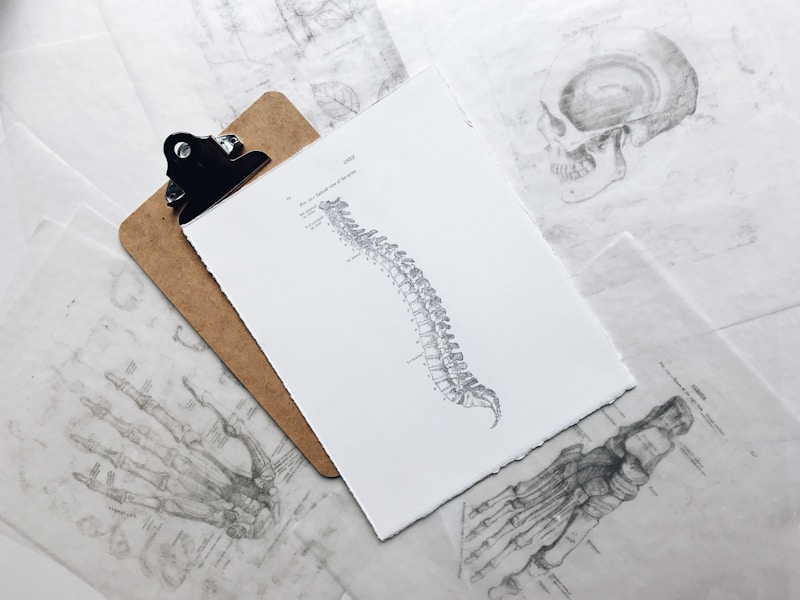14 Questions
What is the function of the muscle that is located in the brachialis?
Flexor
Which muscle has a quadratus shape?
Pronator quadratus
What is the name of the muscle that has a short head and a long head?
Biceps brachii
Which muscle is located in the abdominis?
Rectus abdominis
What is the shape of the deltoid muscle?
Deltoid
What is the function of the extensor digitorum muscle?
Extensor
What is the primary function of the muscular system?
To produce movements and maintain posture
What type of muscle tissue is characterized as striated and voluntary?
Skeletal muscle
What is the primary function of fascia?
To provide structural support to muscles
What is the term for the thickened deep fascia around the wrist and ankle joints?
Retinaculum
What is the term for the outermost layer of muscle tissue?
Epimysium
What is the term for the contractile portion of a skeletal muscle?
Venter
What is the term for the site where a muscle attaches to a bone?
Insertion
What is the term for a small fluid-filled sac that reduces friction between moving parts?
Bursa
Study Notes
Functions of Muscular System
- Produce movements
- Maintain posture and body position
- Support of soft tissues
- Manage internal organ movements
Types of Muscle Tissue
- Skeletal: striated, voluntary control, innervated by somatic nervous system
- Smooth: involuntary control, innervated by autonomic nervous system
- Cardiac: involuntary control, innervated by autonomic nervous system
Fascia
- A connective tissue
- Superficial fascia: subcutaneous, contains water and fat, prevents body against mechanical trauma, separates muscles from skin
- Deep fascia: separates and encloses muscles, thickened around wrist and ankle joints (retinaculum), holds tendons of muscles in place
Organization of Muscle Tissue
- Epimysium: closely surrounds skeletal muscle, binds fascicles together
- Endomysium: surrounds each muscle fiber (cell)
- Perimysium: surrounds endomysium
Features of Skeletal Muscles
- Venter (belly): fleshy, reddish, and contractile portions
- Tendon and aponeurosis: white, non-contractile portions
- Origin: proximal end of muscle, remains fixed during muscle contraction
- Insertion: distal end of muscle, movable
Attachment Sites of Muscles
- Bone
- Cartilage
- Fascia
- Ligament
- Raphe
- Skin
Bursa
- Small fluid-filled sac lined by synovial membrane with an inner capillary layer of viscous synovial fluid
- Provides a cushion between bones and tendons and/or muscles around a joint, preventing friction
Naming of Skeletal Muscles
- Location: e.g., brachialis
- Function: e.g., flexor carpi radialis
- Shape: e.g., deltoideus
- Direction of fibers: e.g., rectus abdominis
- Number of heads: e.g., biceps brachii
- Points of attachments: e.g., sternocleidomastoideus
- Size of muscles: e.g., gluteus maximus
Classification of Skeletal Muscles by Function
- Abductor
- Flexor
- Extensor
- Levator
- Depressor
Classification of Skeletal Muscles by Shape
- Quadratus: rectangle
- Rectus: straight
- Deltoid: like, delta
Classification of Skeletal Muscles by Number of Heads and Venter
- Biceps: two heads (caput breve and caput longum)
- Digastric: two bellies (anterior and posterior)
Explore the basics of myology, including the functions of the muscular system and the different types of muscle tissue found in the human body.
Make Your Own Quizzes and Flashcards
Convert your notes into interactive study material.
Get started for free



